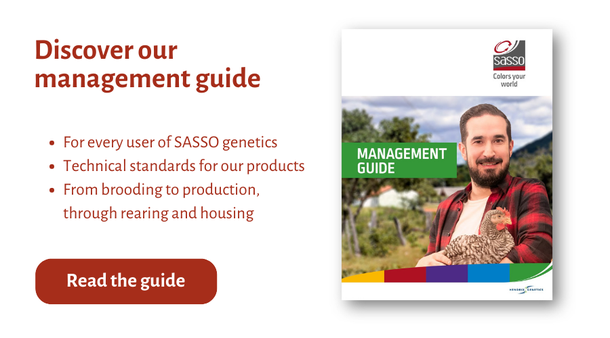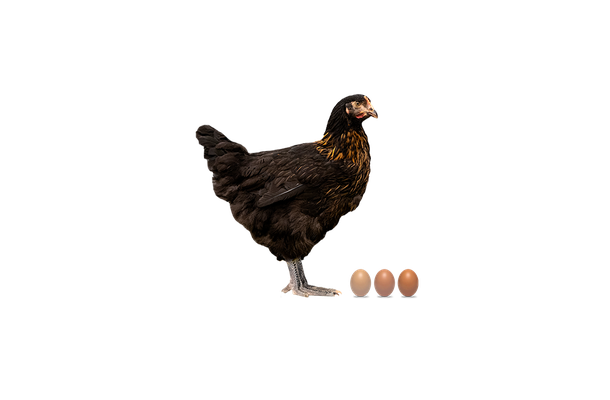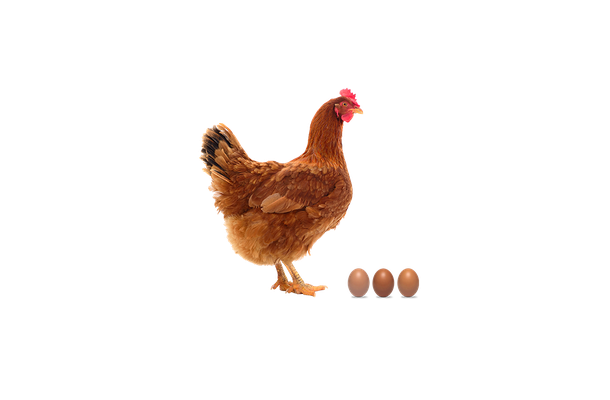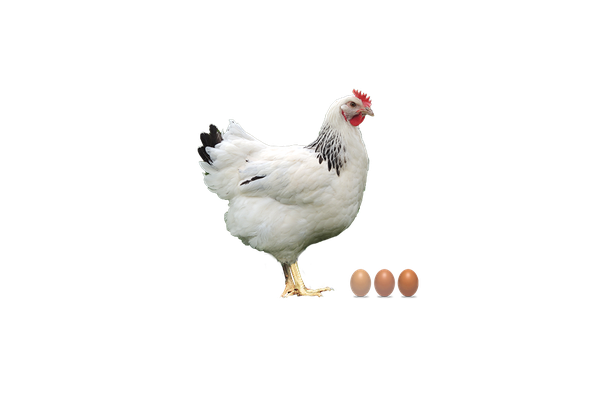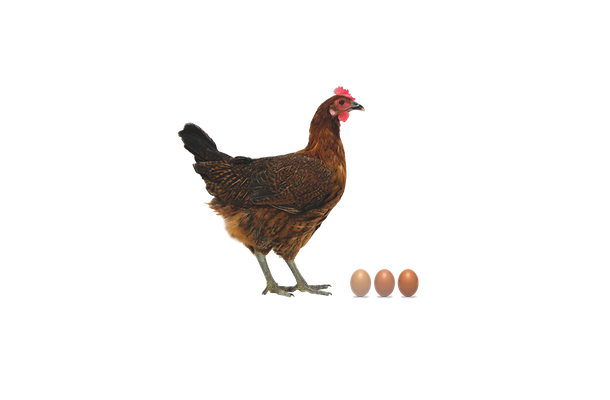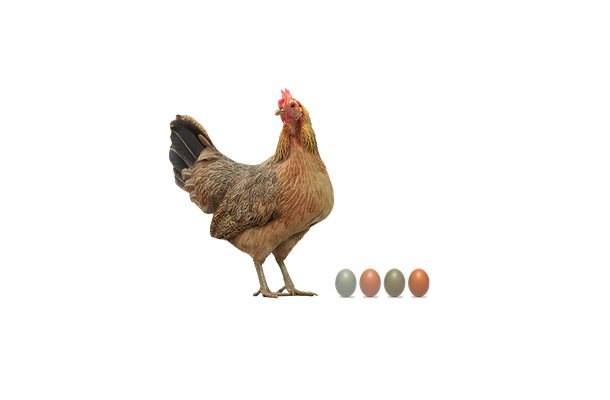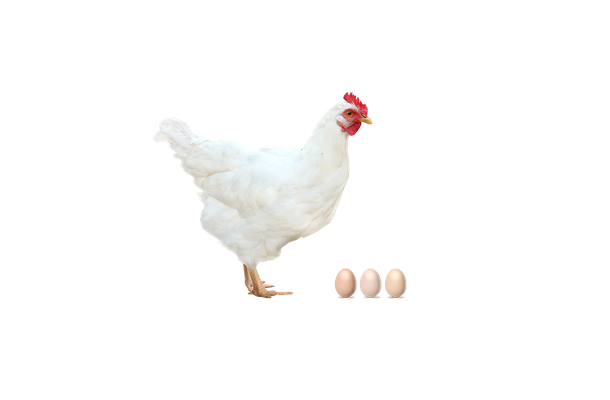Irona
This bird gets its name for strong livability and good weight gain. The SASSO Irona presents dark grey feathers and lays brown eggs in a variety of shades. The female average bodyweight is 2641 g at 75 weeks and male average bodyweight is 1770 g at 12 weeks. This bird delivers excellent meat quality as well as produces feather-sexable chicks. In addition to its weight advantages, the Irona layer also produces 318 eggs at 75 weeks, making it a great option for dual-purpose production. This colored layer is highly adaptable and easy to manage in all production systems.
Laying period data:
- Egg production (cumulative) at 75 weeks: 318
- Body weight at 5% production: 2050 g
- Body weight at 75 weeks: 2641 g
- Average feed intake from 20 to 75 weeks: 45.5 kg
- Produced egg mass: 19.08 kg
- Average feed per egg: 143 g
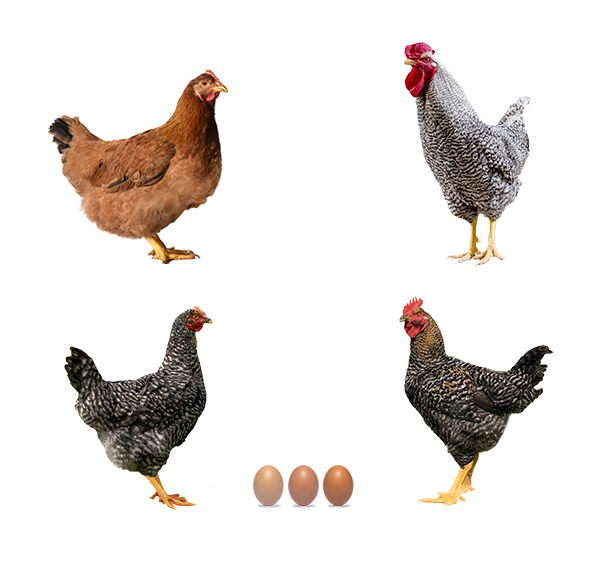
Unique benefits
Dual purpose product
This dual purpose bird provides high end quality meat, next to good egg production.
Premium meat quality
The SASSO Irona offers top quality and tasty meat.
Little management needed
The Irona is a great option for all farmers as this female is very easy to manage.
Male growing performance
| Age in days | Male body weight (g) | FCR |
|---|---|---|
| 1 | ||
| 7 | 98 | |
| 14 | 190 | |
| 21 | 290 | 2.23 |
| 28 | 480 | 2.43 |
| 35 | 670 | 2.59 |
| 42 | 830 | 2.74 |
| 49 | 970 | 2.83 |
| 56 | 1120 | 2.86 |
| 63 | 1270 | 3.11 |
| 70 | 1470 | 3.24 |
| 77 | 1600 | 3.36 |
| 84 | 1770 | 3.55 |
Laying performance
|
Age in weeks |
Body weight theo. (g) |
Weekly laying theo. (%) | Cumulative egg production theo. |
Egg weight theo. (g) |
Feed consumption theo. (g) |
|---|---|---|---|---|---|
| 21 | 2170 | 32 | 2.8 | 44 | 107 |
| 27 | 2310 | 93 | 39 | 54 | 115 |
| 40 | 2426 | 88 | 118 | 60 | 117 |
| 50 | 2496 | 83 | 178 | 62 | 117 |
| 60 | 2566 | 79 | 236 | 62 | 117 |
| 75 | 2641 | 73 | 318 | 62 | 117 |
These recommendations, based on our experience, are intended to allow the expression of our strains’ genetic potential in normal operations without any responsibility on the part of SASSO. An environment, biosecurity conditions, the geographical location, or specific equipment might require adaptations that have not been taken in consideration in these general recommendations.

